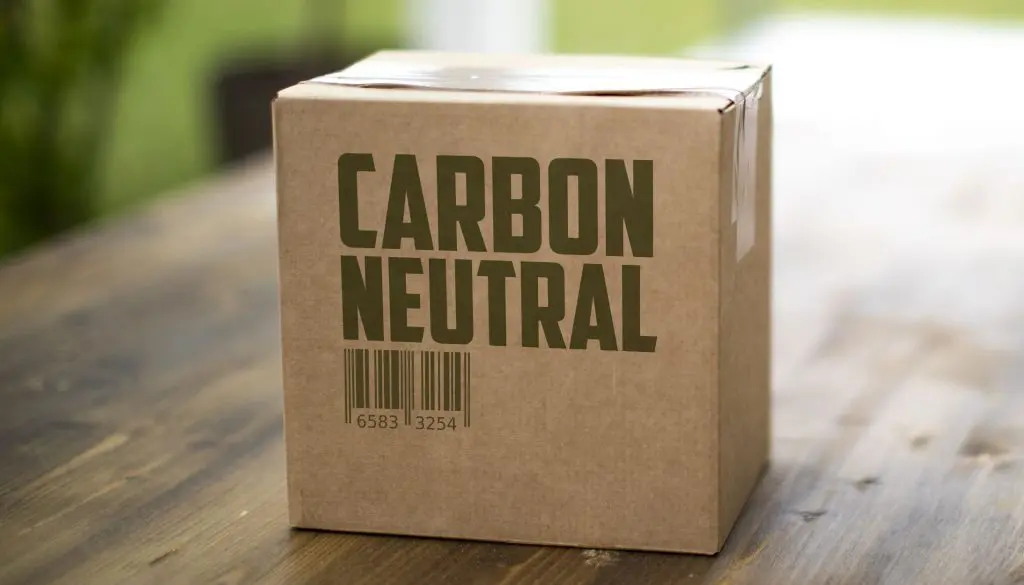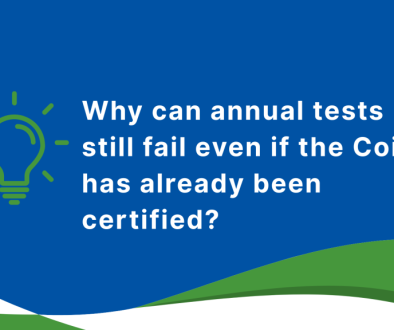Carbon Free: what does it really mean?
The term carbon free refers to a balance between the residual emissions produced by human activity and effective strategies to remove the carbon dioxide which is released into the atmosphere. In order to achieve carbon neutrality, the overall difference between these two elements must be zero. Achieving this equilibrium is no easy task.
The issue of CO2 and other greenhouse gases which contribute to global warming, involves many factors. In order to achieve the objective of Net-Zero Emissions (in other words to maintain global temperature increase below 1.5°C compared to pre-industrialised levels) requires a consistent and efficient worldwide effort.
The problem of CO2 and global warming
If we intend to preserve our planet’s climate (now at great risk but not yet completely compromised), it is essential to understand why the CO2 released into the atmosphere by human activity is so damaging to the environment.
Everyone knows that plants absorb carbon dioxide during the day and release oxygen into the atmosphere and do the opposite at night. The role of plants in nature can therefore be described as carbon free, because they re-absorb all the CO2 they produce. The process of photosynthesis by chlorophyll is part of the planet’s regular carbon cycle.
An interesting illustration of this cyclical process presents global carbon (in its many forms) contained inside three tanks connected to each other via imaginary tubes. These three ‘containers’ are the atmosphere, the earth and the oceans which, day by day, exchange various volumes of carbon, the total volume of which remains constant.
The problem with human activity is that it introduces extra quantities of carbon, in the form of CO2, as if taking it from a fourth tank which is not connected to the other three; this is represented by the reserves of oil and other fossil fuels, which have been relentlessly exploited since the beginning of the nineteenth century.
The unrestricted emissions of pollutant substances lead to an imbalance in the other three ecosystems, with a consequent accumulation of CO2 and other toxic gases in the atmosphere. This dense but invisible cloud acts as a kind of insulation which blocks the natural dissipation of heat, causing temperatures on earth to rise and generating the so-called greenhouse effect.
How can we become carbon free?
In the last few years, there has been an increase in awareness of climate-related issues. The harmful effects caused by rising temperatures are there for all to see, such as the extraordinarily destructive extreme weather phenomena which have become more frequent worldwide.
Many companies have therefore made carbon neutrality one of their main objectives, by re-assessing their production processes. Systems have been developed to eliminate CO2 and other waste gases released into the atmosphere, in order to allow firms to display the much sought-after carbon free label, which is now held in great esteem by public opinion.
There are even specialised consultants who advise companies in order to help them find the right strategy to neutralise and compensate the emissions they produce. In any case, this choice involves considerable costs due to the modification of production processes, meaning that most companies are put off, especially smaller firms who lack the resources required for such an investment.
Despite the fact that in many countries, governments are offering bonuses and incentives to those companies taking a more sustainable approach to their business, these are not yet sufficient to convince enough business leaders to opt for green production.
The problem is that people do not base their decisions on the destructive impact of certain practices on the earth’s wellbeing. If this factor was held in greater regard, global economies would be re-modelled, with more substantial financial support for green investment and the imposing of sanctions against those who not converting to carbon neutrality.
The achievement of Net-Zero Emissions is still a long way off, but it is achievable. If we really want to beat the current climate crisis, considerable effort and resolve will be required to make the change to carbon free.
Translated by Joanne Beckwith







